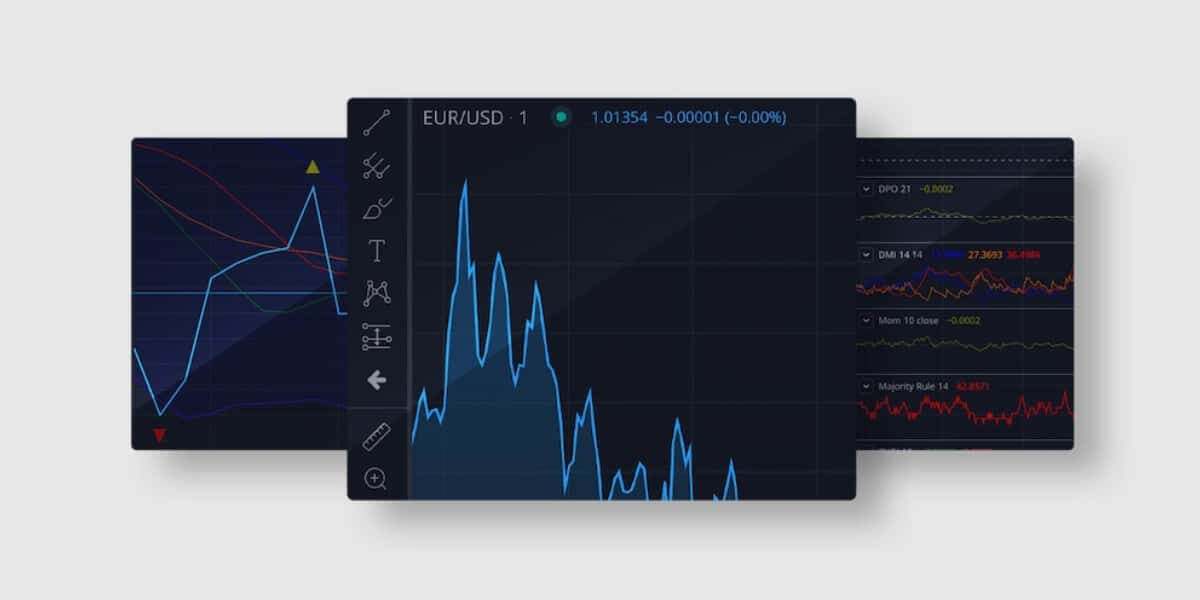
European Forex Market: Analyzing Economic Indicators
The European forex market remains a vital hub for global currency trading, attracting investors and traders alike. As corporate readers, it is crucial to stay informed about the latest economic indicators that can impact currency movements. In this article, we will delve into three key factors shaping the European forex market: Germany’s April industrial orders, Germany’s May construction PMI, and the Eurozone’s April retail sales data.
Germany’s April Industrial Orders
Renowned for its robust manufacturing sector, Germany serves as a bellwether for the entire Eurozone economy. April’s industrial orders in Germany provide valuable insights into the strength of the manufacturing sector and its potential impact on the euro’s value.
The German Federal Statistical Office reported a notable increase in industrial orders during April, exceeding market expectations. This surge signals growing demand for German goods, suggesting a potential euro value appreciation. Forex traders should closely monitor this development to seize favorable trading opportunities.
Germany’s May Construction PMI
While Germany’s manufacturing sector is essential, the construction industry plays a vital role in the country’s economic growth. The Purchasing Managers’ Index (PMI) for the construction sector is a valuable indicator to gauge the health of this industry, enabling investors to make informed decisions.
May’s construction PMI in Germany showed a steady expansion in the sector. The rise can be attributed to increased construction activity, boosted by favorable economic conditions and rising investments. Such positive momentum often bolsters confidence in the euro, indicating potential appreciation in forex markets. Corporate readers should closely monitor this indicator to capitalize on market movements.
Eurozone’s April Retail Sales Data
Retail sales data is a key economic indicator, providing insights into consumer spending patterns and overall economic activity. Examining April’s retail sales data for the Eurozone can help corporate readers assess the region’s economic performance and potential impact on currency valuations.
The Eurostat report for April revealed a stronger-than-expected rebound in retail sales across the Eurozone. This resurgence can be attributed to easing COVID-19 restrictions and the gradual recovery of consumer confidence. The encouraging retail sales data suggests increased economic activity, which can positively impact the euro’s value in forex markets. Corporate readers must monitor this indicator to stay ahead in currency trading decisions.
In conclusion, these indicators provide valuable insights into the strength of the Eurozone’s economy and potential currency fluctuations. The robust growth in Germany’s industrial orders indicates a positive outlook for the manufacturing sector, potentially influencing the euro’s value. Additionally, the expansion in Germany’s construction sector signifies a healthy economic environment, further supporting the euro’s strength. Lastly, the rebound in Eurozone retail sales signals increasing consumer activity, likely contributing to the euro’s appreciation. By closely monitoring these indicators, corporate readers can make well-informed trading decisions in the European forex market. Understanding the dynamics of these economic factors and their potential impact on currency valuations allows for proactive strategies, ensuring optimal outcomes in forex trading endeavors.




